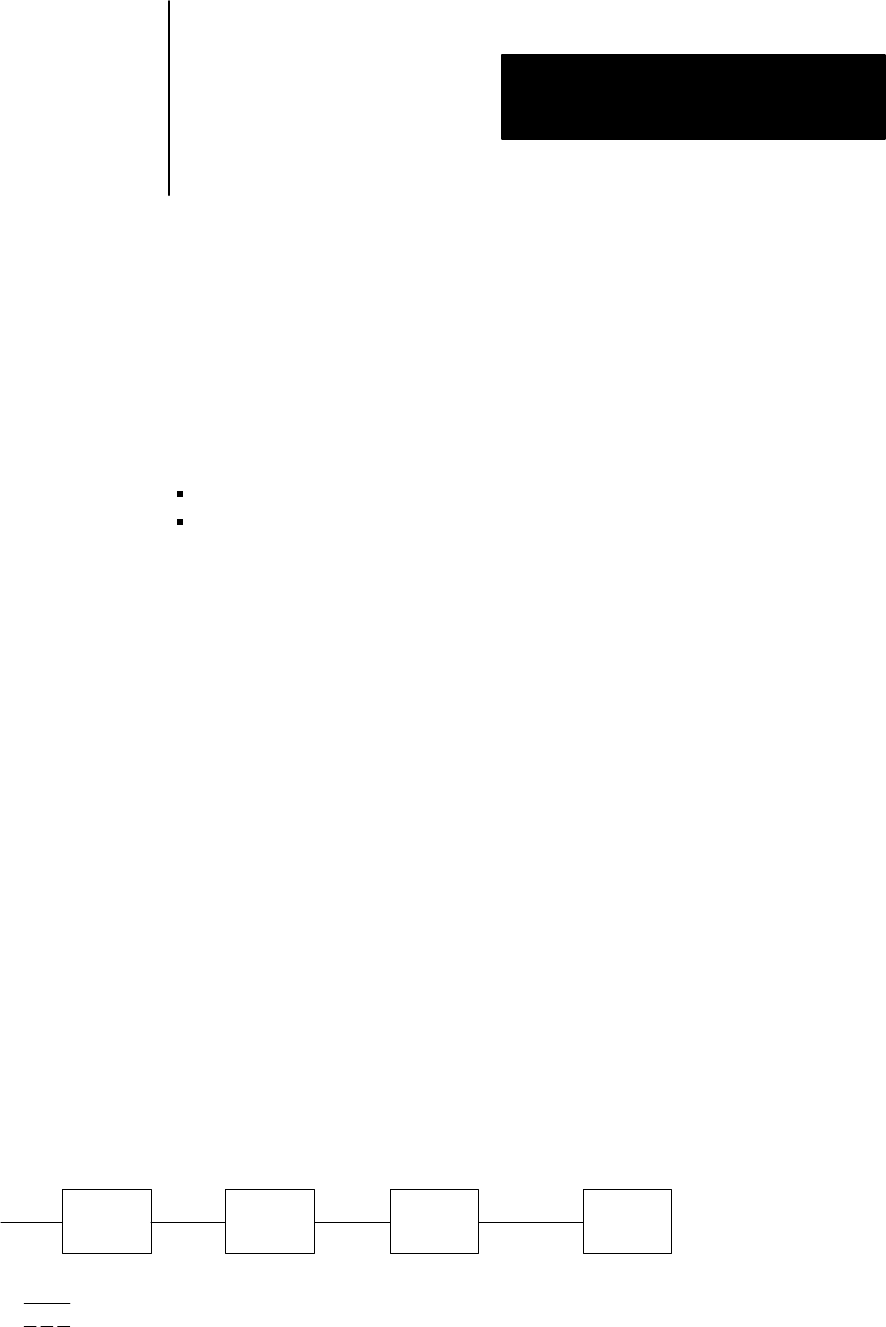User Manual Owner's manual
Table Of Contents
- 1772-6.5.8, Mini-PLC-2/02, -2/16, -2/17 Processor, User Manual
- Important User Information
- Summary of Changes
- Table of Contents
- 1 - Using This Manual
- 2 - Fundamentals of a Programmable Controller
- 3 - Hardware Features
- 4 - Installing Your Programmable Controller
- 5 - Starting Your Processor
- 6 - Maintaining and Troubleshooting Your Processor
- 7 - Memory Organization
- 8 - Scan Theory
- 9 - Relay-Like Instructions
- 10 - Program Control Instructions
- 11 - Timers and Counters
- 12 - Data Manipulation and Compare Instructions
- 13 - Three-Digit Math Instructions
- 14 - EAF Math Instructions
- 15 - EAF Log, Trig, and FIFO Instructions
- 16 - EAF Process Control Instructions
- 17 - Jump Instructions and Subroutines
- 18 - Block Transfer
- 19 - Data Transfer Instructions
- 20 - Bit Shift Registers
- 21 - Sequencers
- 22 - Selectable Timer Interrupts
- 23 - Report Generation
- 24 - Program Editing
- 25 - Programming Techniques
- 26 - Program Troubleshooting
- A - Specifications
- B - Processor Comparison Chart
- C - Number Systems
- D - Glossary
- E - Quick Reference
- Index
- Back Cover

Chapter
9
9-1
RelayLike Instructions
This chapter describes the relay-like instructions. This chapter shows
how to:
define the conditions needed before the action takes place
enter, edit or remove relay-like instructions
A program is a list of instructions that the processor executes. These
instructions can examine or change the status of bits in the data table of the
processor. The status of these bits can determine the operation of
other instructions.
The program you specifies the order of things you want done in your
application and the conditions that must be met before those things are
done. For example, if you want a solenoid energized when a limit switch
is closed, you specify:
Condition: if limit switch is closed
Action: energize solenoid
Programming logic differs from relay logic in an important way.
Programming logic is only concerned with whether or not conditions have
been met. These conditions may be open or closed input or output devices.
We must have a continuous or unbroken path or true logic conditions for
an action to be taken. The number of conditions is not important. There
can be none, one, or many conditions preceding an output action.
Perhaps an example might make this clearer:
C1
True
C2
True
C3
True
A
True
False
Chapter Objectives
Programming Logic










